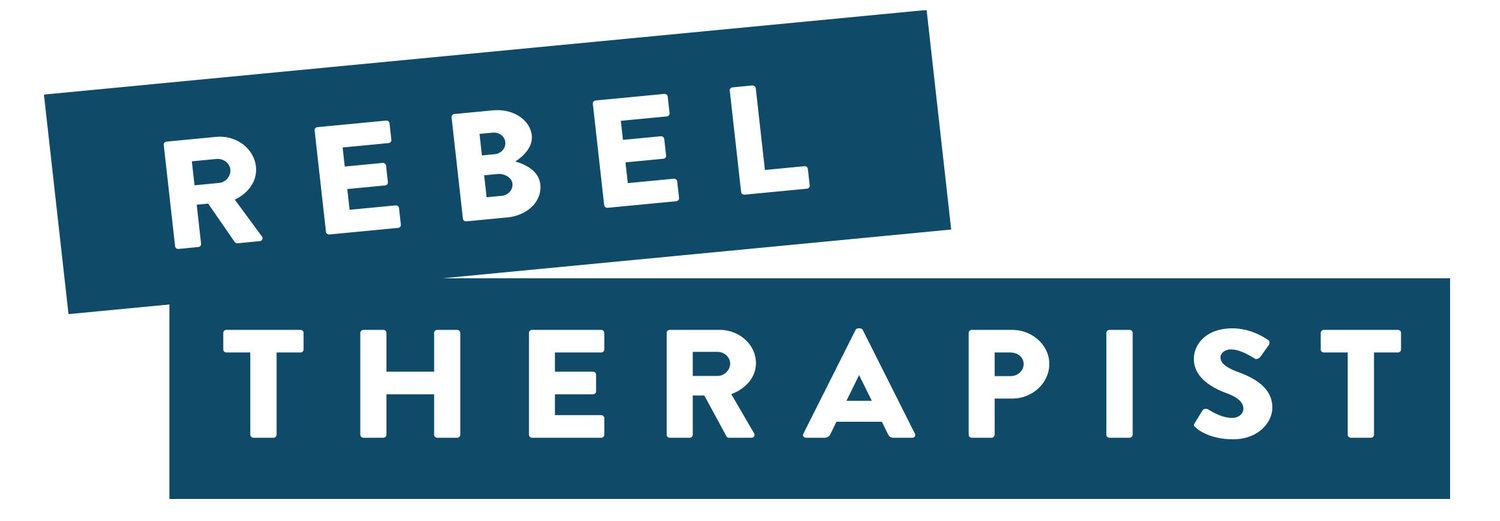This is what you want to hear from your next client:
“As soon as I started reading your website, I knew you were the right therapist for me.”
When you hear this, you know your website did its job. Its job is simple: to convert your potential right-fit clients into actual clients.
You might be wrong about what it takes to get your website ready to do that job for you. (No offense. I used to be wrong about this too.)
You understand that you need to choose the platform (wordpress, squarespace or another). You know you need to choose a pleasant visual design and a great photo. If you haven’t done those things yet, you may be overestimating how much time and energy they’ll take. You can either create a simple and professional DIY site or you can hire someone to put it together for you. For my ideas on what to spend on your website, read this.
What you may underestimate is how much work it will take to write great copy (words) that will speak directly to your potential right-fit clients so that they understand that you are their ideal therapist.
Great copy is what it takes to hear those wonderful things from your next clients. Great copy is what your website needs to do its job.
Without great copy, your website will be just ok. It hopefully won’t scare clients away, but it won’t convert many people either.
You could hire a copywriter. You could pay someone talented and experienced to write your pages for you. Before you do that, you should know that:
- A good copywriter will cost a lot.
- Even if you hire a copywriter, you’ll need to go through an extensive process to prepare the writer to take over the job.
Given the cost, most therapists choose to do their writing themselves. I’m dedicated to helping you write great copy. It’s a huge part of what we do in The Superpower Method For Therapists™ Program.
So let’s dive into HOW to create great copy for your therapy website:
The keys to writing a great therapy website
- Identify your Superpowers
- Find your authentic writing style
- Write to a person (or a small group of people)
- Identify their pain
- Identify their hope
- Express what you believe about therapy
- Make each page simple
- Use headlines, not greetings
- Give a clear call to action
- Create a logical structure for your site
- Edit out any professional jargon
I’ll go through the first 2 keys now.
Identify your Superpowers
What are your Superpowers?
What are the qualities that set you apart from other therapists and other people in general? When you’re in your zone of genius, what are you doing and how are you being with clients?
We dedicate an entire 2 weeks in my course to helping you identify and talk about your Superpowers.
A couple of the questions we explore in the course are:
- What would people who know you and love you the most say about how you relate to people?
- What do you stand for?
Describe what you’re like to work with and what sets you apart from other therapists. Emphasize what makes you different rather than what makes you better. You’ll say most of this on your about me page, and you may sprinkle it in other pages too. You’ll use very little real estate on your site to talk about yourself, so choose those words well.
(It’s your website so why will you say so little about yourself? Because 90% of your website should be about your client’s struggle and journey.)
Use your authentic voice
Copying someone else’s writing style won’t work.
Have you ever observed someone else communicating in a certain way and thought, “That is working really well for them. I should communicate that way.” If you’ve tried it, you know it just falls flat.
You do you.
The words on your site should be written in your authentic voice, the way you communicate when you’re at your best. Maybe you’re funny, emotional, mindful, concrete, calm, or fierce. You might stand up passionately or speak gently. When you communicate with your authentic voice, you’re powerful.
Here’s an example of two therapists who specialize in working with clients struggling with depression. (I made these folks up).
Tina is a goal oriented, energetic therapist. On her site she says:
“You shouldn’t have to wait any longer to feel better. If you’re ready to jump in, take action and make some real changes, I might be the therapist for you. ”
Tarika is a gentle, thoughtful therapist. On her site she says:
“You’re suffering. It’s time to slow down and stop pushing. I will help you lean into your natural wisdom.”
There are as many authentic voices as there are therapists.
Before you start writing or overhauling your website, find yours.
Want more advice on writing great copy and building your practice? Sign up here and we’ll drop advice and resources in your inbox just about every week.









